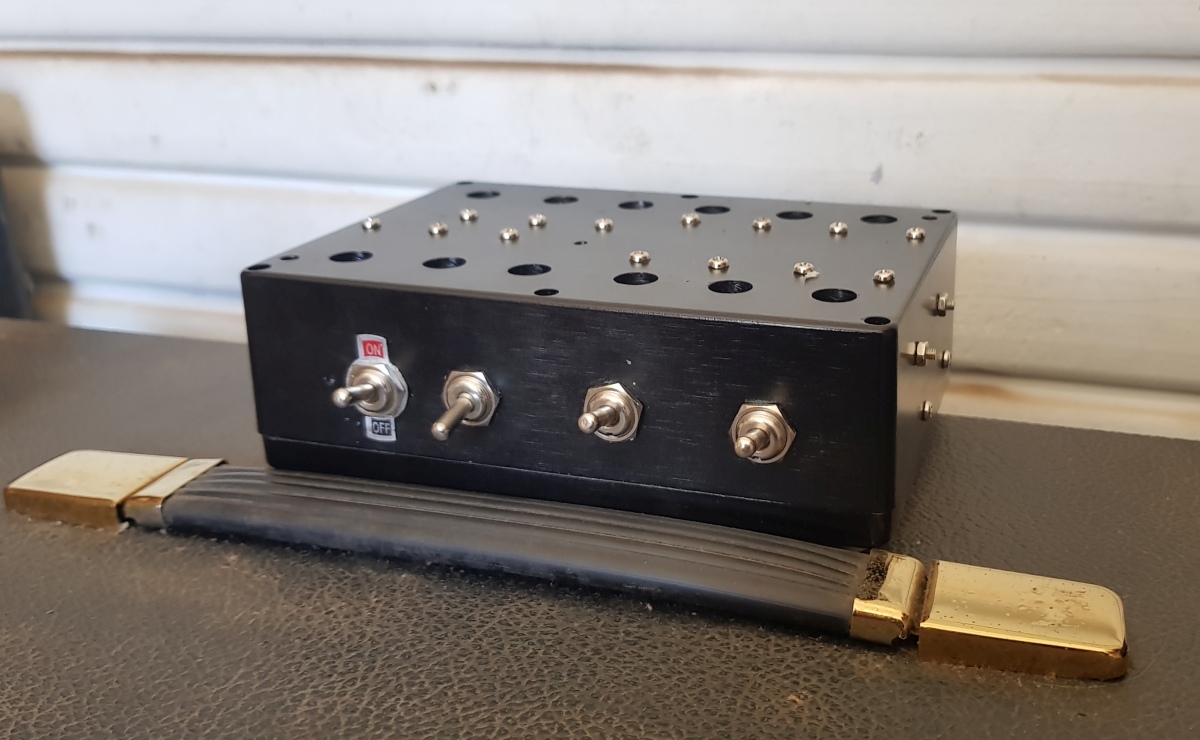telesto
Member
- Joined
- Apr 29, 2020
- Messages
- 67
- Reaction score
- 8
Thanks John, I had actually just worked out roughly the T-attenuator values myself, and you are already on the Pi-Attenuator, LOL, you are like some calculator/Excel sheet Terminator I see 
Actually, back to the T-Attenuator, I was thinking to put a 7ohm first series, 1 ohm shunt, 17ohm second series. Does that look OK to you? I have to re-check later, wrapping up for the day now.

Actually, back to the T-Attenuator, I was thinking to put a 7ohm first series, 1 ohm shunt, 17ohm second series. Does that look OK to you? I have to re-check later, wrapping up for the day now.

 I was thinking to stick an inductor in there and see how it sounds. What if on the first series resistor (7ohm) I take two 14ohm resistors in parallel and stick a coil in between, like you did on the M2? Do you see any downside to that, or any better idea?
I was thinking to stick an inductor in there and see how it sounds. What if on the first series resistor (7ohm) I take two 14ohm resistors in parallel and stick a coil in between, like you did on the M2? Do you see any downside to that, or any better idea?



